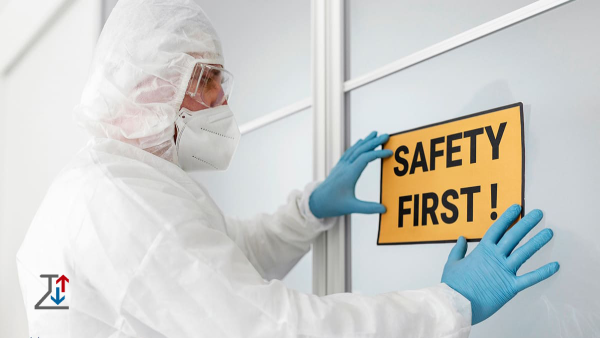
Test chambers are specialized equipment that plays a crucial role in various scientific and industrial applications. They provide controlled environments for testing and evaluating the performance of materials, products, and systems under specific conditions. This article explores the different types of test chambers, their applications, and their significance in laboratory research.
What is a Test Chamber?
A test chamber is an enclosed space to simulate environmental conditions such as temperature, humidity, pressure, and light. These chambers are essential for conducting experiments that require precise control over variables that could affect the outcome of a test. By replicating specific conditions, researchers can observe how different substances behave under stress, investigate failure modes, and validate product performance.

Types of Test Chambers
Environmental Test Chambers:
These Environmental Test Chambers simulate various environmental conditions, including extreme temperatures, humidity levels, and altitude. They are commonly used in industries such as electronics, aerospace, and automotive to test how products will perform in different climates.
Temperature and Humidity Chambers:
These are specialized for controlling temperature and humidity simultaneously. They are often used in pharmaceutical and biotechnology labs to study the stability of compounds and formulations.
Thermal Shock Chambers:
Designed to alternate between extreme hot and cold temperatures, thermal shock chambers, test a product’s durability and resilience to rapid temperature changes. This is particularly relevant in electronics and materials science.
Climatic Test Chambers:
Climatic Test Chambers expose materials to specific climatic conditions, like UV exposure and corrosive environments. They are critical for assessing the lifespan and sustainability of materials used in construction and product design.
Vibration Test Chambers:
These chambers simulate vibrations and shock impacts to test the structural integrity of components, often used in aerospace and automotive applications.
Aging Test Chambers:
These simulate long-term usage conditions to determine how products will age over time, allowing manufacturers to predict lifespan and performance coefficients.

Applications in Laboratory Research
Test chambers are invaluable to numerous fields:
Material Science:
Researchers use test chambers to understand how different materials respond to various environmental stressors. This information is crucial for developing new materials with enhanced durability and performance.
Pharmaceutical Development:
Stability testing in controlled environments helps determine shelf life and optimal storage conditions for drugs and biological products.
Electronics Testing:
Environmental chambers help identify potential failure points in electronic devices due to temperature variations and humidity, ensuring reliable performance in real-world applications.
Automotive Testing:
Test chambers simulate road conditions and extreme weather scenarios to assess vehicle safety and reliability before market release.
Importance of Test Chambers
- Accuracy and Reliability: By providing a controlled environment, test chambers eliminate external variables that could skew results, leading to more reliable data.
- Regulatory Compliance: Many industries have stringent testing standards mandated by regulatory bodies. Test chambers allow companies to meet these requirements and maintain certifications.
- Innovation: With the ability to simulate extreme conditions, researchers can push the boundaries of innovation by developing more resilient and efficient products.
- Cost-Effectiveness: Identifying potential failure modes early in the product development process can significantly reduce costs associated with recalls and redesigns.
- Quality Assurance: Continuous testing in controlled environments ensures that products meet quality standards before reaching consumers, enhancing brand reputation.
Conclusion
In summary, test chambers are essential tools for researchers and manufacturers alike. They provide controlled environments that facilitate critical testing across various fields, from material science to pharmaceuticals and electronics. By enabling accurate, reliable, and innovative research, test chambers play a fundamental role in ensuring product safety, durability, and compliance with industry standards. As technology and scientific inquiry evolve, the capabilities and applications of test chambers will likely continue to expand, contributing to advancements in research and development.